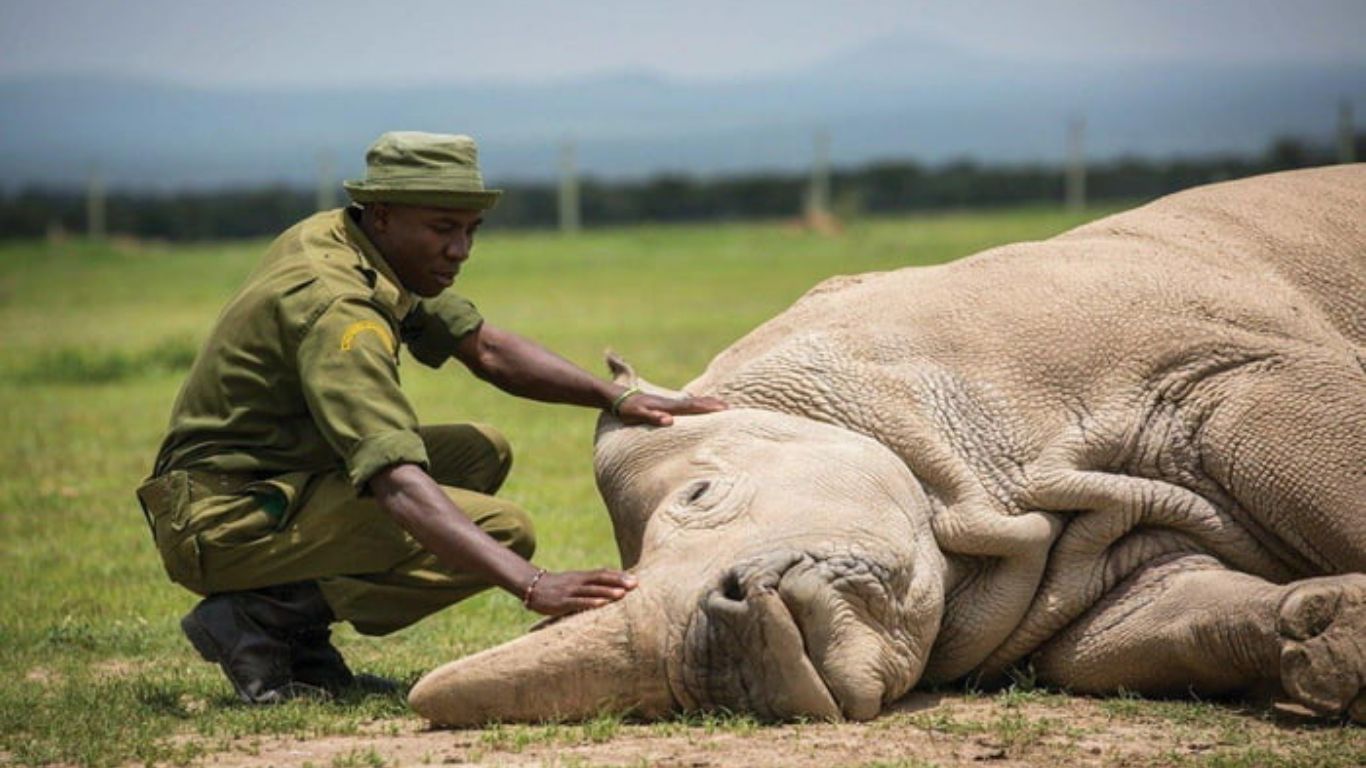Somewhere in the frozen wastelands of Siberia, a tiny worm just pulled off the most ridiculous survival story in history. Trapped in ice for 46,000 years—longer than every human civilization combined—it finally thawed out, stretched its microscopic limbs, and got back to living as if nothing happened.
The implications? Massive. If this nematode can cheat death for millennia, what does that say about life itself? And more importantly, why are we only just paying attention?
Siberia’s Icebox: A Time Capsule for Life
Siberia’s permafrost is nature’s deep freezer, locking away everything from woolly mammoths to microscopic life forms. The ground, frozen solid for thousands of years, preserves organisms in a way that makes Jurassic Park fantasies almost plausible—minus the T-Rex rampage.
For humans, this kind of cold is deadly. But for some creatures, it’s a preservation chamber. The recently revived worm—now identified as Panagrolaimus kolymaensis—was extracted from a 40-yard-deep layer of permafrost. It had been in a state of cryptobiosis, a survival mechanism where life pauses until conditions improve.
Let that sink in. While civilizations rose and fell, while empires waged wars and vanished, this worm simply… waited.
The Science Behind Freezing Time
Cryptobiosis isn’t new. Some organisms, like tardigrades and brine shrimp, use it to endure extreme environments. Their bodies shut down, metabolism drops to nearly zero, and they essentially become biological fossils—until they decide to reanimate.
But 46,000 years? That’s unprecedented. Scientists previously assumed that cryptobiosis could last decades, maybe a few centuries. This discovery shatters those limits.
Dr. Philipp Schiffer and his team at the University of Cologne have been analyzing this worm’s genetic makeup, comparing it to its modern relatives. And the real kicker? Its DNA shares similarities with Caenorhabditis elegans, a species commonly used in lab research. That means the key to biological suspension could be hiding in plain sight.
Why Should You Care?
Alright, so a worm woke up after a prehistoric nap. Cool, but how does this affect the rest of us?
- Space Travel & Extraterrestrial Life – If a simple nematode can survive for thousands of years in ice, who’s to say microbes on Mars or Europa aren’t doing the same? This strengthens the idea that life can exist in extreme conditions beyond Earth.
- Medical Breakthroughs – Scientists are now eyeing cryptobiosis for organ preservation. Imagine transplant organs lasting years instead of hours. The secret to extending human life could be hidden in this tiny worm’s biology.
- Climate Change Warnings – The permafrost is melting. That means more ancient microbes, bacteria, and viruses could soon re-emerge—many of which have been dormant for thousands of years. Are we ready for what comes next?
The Global Impact of Ignoring Science
This discovery isn’t just about scientific curiosity—it’s about survival. The world is already grappling with uncontrolled disease transmission, as seen in the Eastern DRC and Burundi, where Clade 1b infections are spreading fast. Yet, response efforts remain sluggish.
Dr. Frank Aarestrup has emphasized the urgency:
“Action is needed locally, including increased vaccination efforts and public awareness campaigns on transmission routes. Additionally, global measures could include travel advisories against visiting high-risk areas and particularly against engaging in sexual contact in affected regions.”
Translation: If we don’t act now, we’re setting ourselves up for disaster. The worm’s revival is a fascinating reminder of life’s resilience, but the permafrost holds more than just harmless nematodes. It could also contain deadly pathogens, waiting for the right moment to return.
Final Thoughts: The Past is Not Done With Us
This worm’s resurrection raises a terrifying yet thrilling possibility: life is far more persistent than we ever imagined. But while scientists celebrate this discovery, governments and global health organizations need to wake up.
The permafrost isn’t just a freezer—it’s a ticking clock. And as climate change accelerates, what else might we be unearthing? A cure for disease? A new biological revolution? Or something far more dangerous?
The clock is ticking. We just don’t know what’s coming next.



